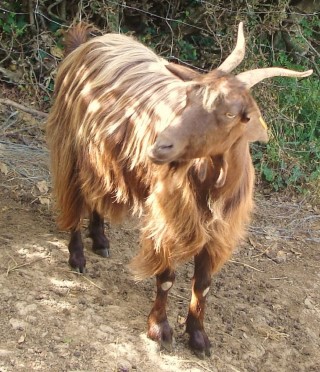Messinese Goats, a distinguished dairy breed, hail from the picturesque Monti Nebrodi and Monti Peloritani regions in the province of Messina, nestled within the sun-kissed Mediterranean island of Sicily, Southern Italy. These goats also roam the provinces of Catania, Enna, and Palermo, adding to the richness of Sicily's agricultural landscape. Formerly known as the Capra dei Nebrodi or simply as the Siciliana Comune, the breed gained official recognition in 2001, with the establishment of a dedicated herd-book.
Among the illustrious roster of forty-three autochthonous Italian goat breeds, the Messinese holds a special place, with its unique lineage and cultural significance preserved and documented by the Associazione Nazionale della Pastorizia, the Italian national association of sheep and goat breeders. As of the end of 2013, the registered population of Messinese Goats was recorded at approximately 9,814 to 10,409, contributing to a total estimated population of 42,000 individuals.
The prized milk of Messinese Goats plays a vital role in traditional Sicilian gastronomy, particularly in the production of caprino, a revered Italian cheese crafted from whole or skim goat's milk. Additionally, Messinese milk is favored for its contribution to mixed-milk cheeses, adding a distinctive flavor and texture to these culinary delights. With their rich heritage and valuable contribution to Sicilian culinary traditions, Messinese Goats continue to be cherished as a symbol of Sicily's vibrant agricultural heritage.
